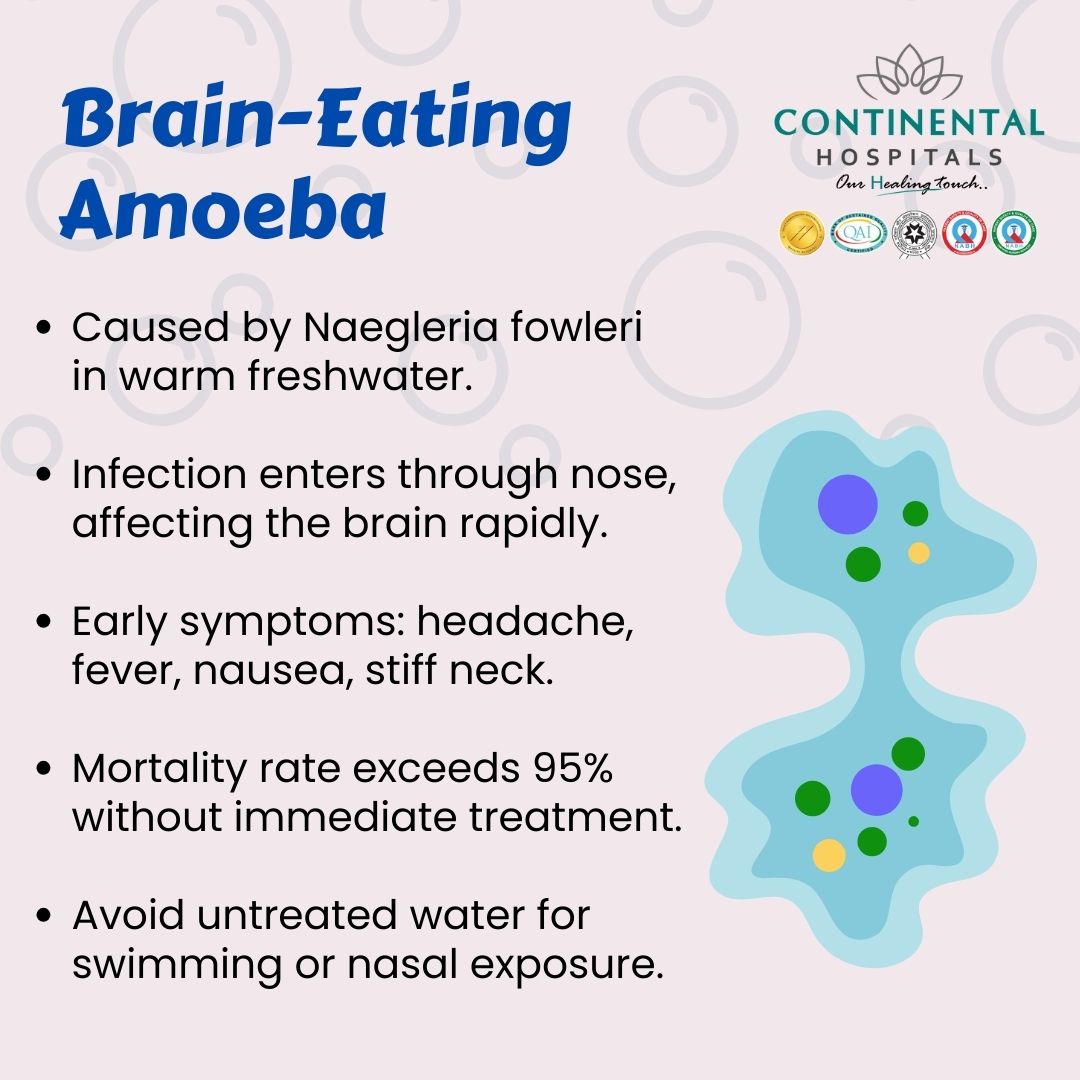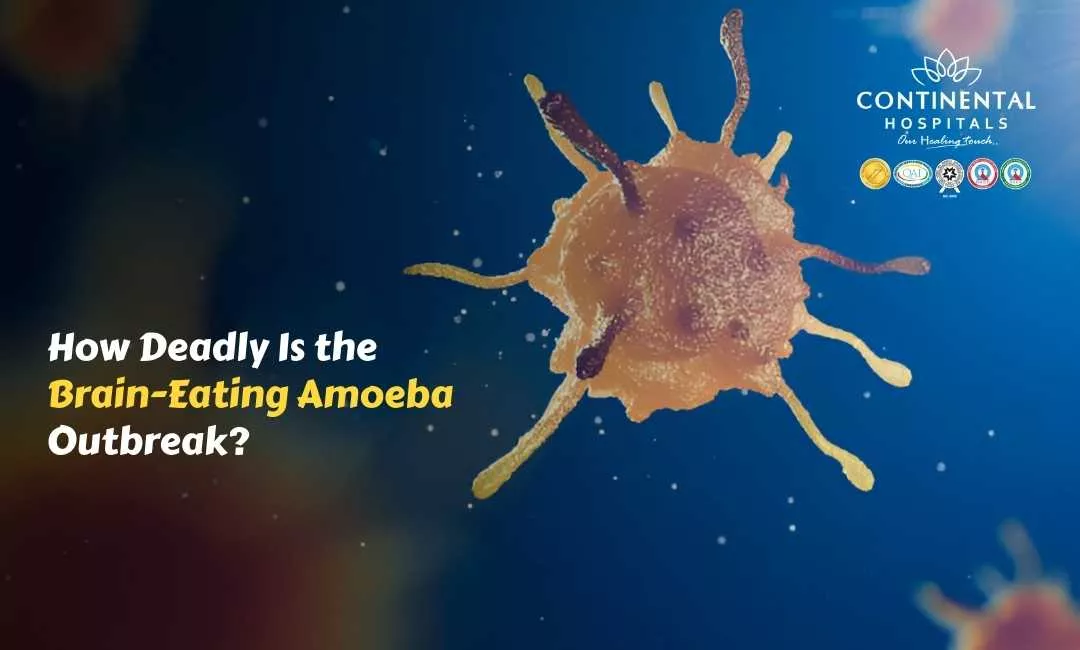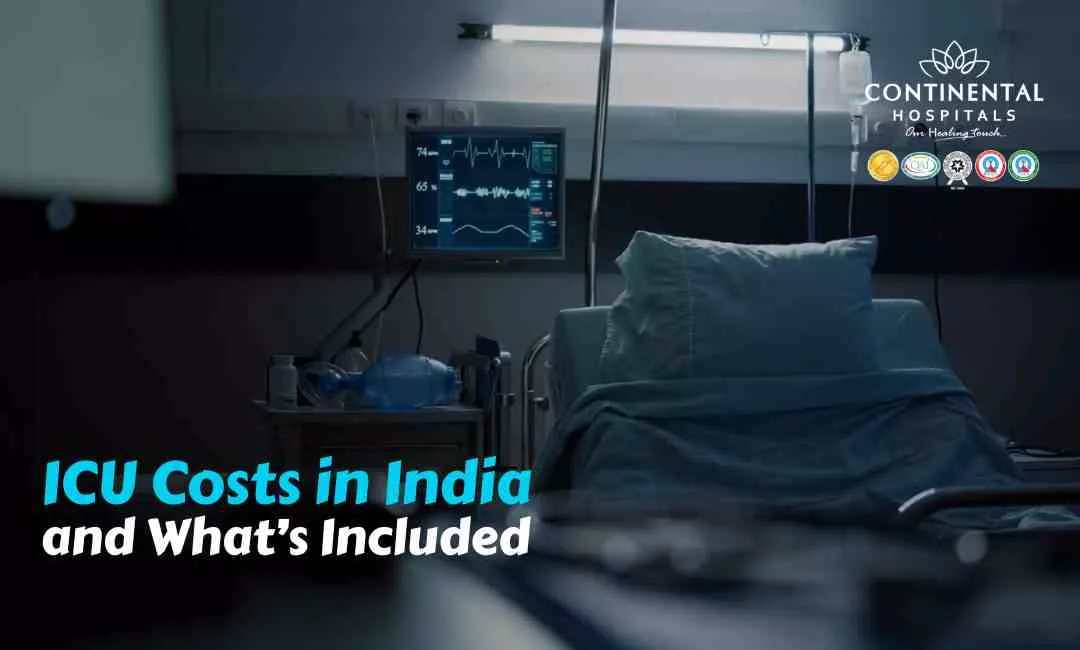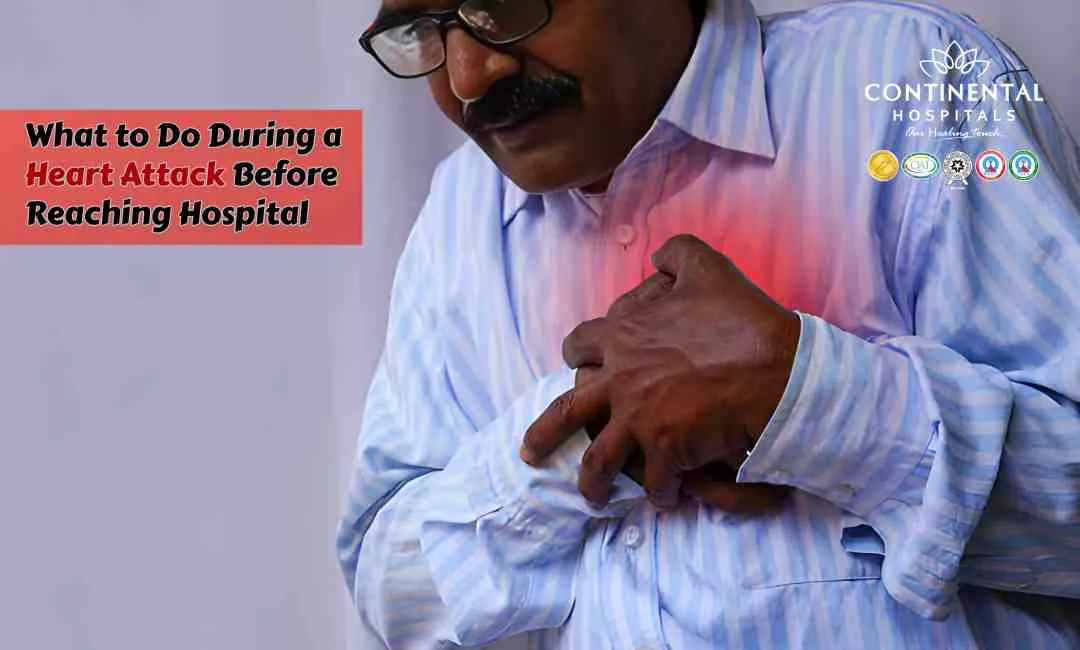The term "brain-eating amoeba" sounds terrifying, and for good reason. This rare but deadly infection, caused by the organism Naegleria fowleri, can have devastating consequences if not recognized and treated early. While it is uncommon, recent outbreaks in certain regions have sparked concern, making it essential to understand the risks, symptoms, and preventive measures.
What Is a Brain-Eating Amoeba?
The brain-eating amoeba is a microscopic organism that thrives in warm freshwater, hot springs, and poorly maintained swimming pools. It enters the body through the nose, often when people swim or dive in contaminated water. Once inside, it travels to the brain, causing a condition called primary amebic meningoencephalitis (PAM). This infection destroys brain tissue and can progress rapidly, often proving fatal within days.
Here’s the thing, the infection is extremely rare. Thousands of people swim in freshwater every year, but only a handful contract PAM. The real danger lies in its fast progression. Early symptoms are often mistaken for common illnesses like flu or sinus infections, which can delay critical treatment.

🥗 Healthy Plate Challenge
🍽 Add Your Favorite Dish
Pick Your 6 favorite foods, eat, and see the results.Drag & drop foods onto your plate.
Drop Food Here
Early Symptoms to Watch For
Recognizing early signs can make a difference, though even with prompt treatment, the infection is challenging to manage. Symptoms usually appear within one to nine days after exposure and may include:
- Severe headache
- Fever and chills
- Nausea and vomiting
- Stiff neck
- Sensitivity to light
- Confusion or altered mental status
- Seizures
If any of these symptoms develop after swimming in warm freshwater or using untreated water, it is vital to seek immediate medical attention. Early intervention is critical for improving the chances of survival.
How the Infection Spreads
Unlike other infections, the brain-eating amoeba cannot be contracted from drinking water. It only enters the body through the nasal passage. Activities such as diving, swimming, or using neti pots with contaminated water can increase risk. Proper hygiene, avoiding warm freshwater during high-risk seasons, and using boiled or filtered water for nasal irrigation are effective preventive measures.
Who Is at Risk?
Most infections occur in children and young adults, particularly those engaging in water sports or swimming in lakes, rivers, or ponds during the summer months. However, anyone exposed to warm, untreated freshwater can be at risk.
It’s important to remember that while the infection is deadly, it is also extremely rare. Public awareness and preventive steps can significantly reduce risk.
Treatment Options
Treatment for PAM is complex and requires aggressive medical intervention. Anti-amoebic medications are administered, often alongside supportive therapies to manage inflammation and swelling in the brain. Despite intensive treatment, the survival rate remains low, highlighting the importance of prevention and early detection.
At Continental Hospitals, we are prepared to handle severe neurological infections and their aftermath. Our team of specialists monitors patients closely, ensuring that every step of care is timely and effective.
Rehabilitation After Severe Neurological Infections
Surviving a brain-eating amoeba infection can leave long-term neurological effects, including difficulty with speech, movement, and daily activities. This is where rehabilitation becomes crucial. Continental Hospitals houses the Vitanova Rehabilitation Center, a state-of-the-art facility dedicated to helping patients regain independence and improve quality of life after serious neurological events.
At Vitanova, patients receive comprehensive care that combines physical therapy, occupational therapy, and cognitive rehabilitation. Each plan is customized to the patient’s specific needs, focusing on restoring function, strength, and confidence. The center uses advanced equipment and evidence-based techniques, allowing patients to recover in a supportive and structured environment.
Why Choose Continental Hospitals?
Continental Hospitals is recognized for its expertise in handling critical infections and neurological emergencies. Our multidisciplinary teams, including neurologists, infectious disease specialists, and rehabilitation experts, work together to ensure patients receive complete care from diagnosis to recovery.
What this really means is that patients don’t just get treated; they get a roadmap for returning to a normal life. With the Vitanova Rehabilitation Center on-site, recovery extends beyond the hospital stay. Patients have access to world-class therapy, monitoring, and personalized support to regain independence safely.
We understand that surviving a rare and severe infection like a brain-eating amoeba can be overwhelming. Our approach is designed to address both the immediate medical needs and the long-term recovery process, giving patients and families confidence in every step of care.
Preventive Measures
Prevention remains the most effective strategy. Here are some practical steps:
- Avoid swimming in warm freshwater during peak summer months
- Use only boiled or filtered water for nasal irrigation
- Keep swimming pools properly treated and maintained
- Educate children and young adults about the risks associated with untreated freshwater
Public awareness, coupled with responsible water use, can significantly reduce the chance of infection. While the idea of a brain-eating amoeba is alarming, simple precautions go a long way in keeping families safe.
Conclusion
The brain-eating amoeba is deadly but rare. Understanding how it spreads, recognizing early symptoms, and seeking immediate medical care are essential. Surviving such an infection is just the first step; rehabilitation is critical for regaining independence and quality of life.
If you're experiencing symptoms, don't wait—contact our healthcare team at Continental Hospitals today. Visit our best neurologists in Hyderabad.
.webp)














